WHO’s global lab network faces collapse without new funding

The World Health Organization (WHO) in Geneva has warned that its largest global laboratory network is on the brink of collapse unless new funding is secured to replace the support lost after US President Donald Trump’s order to withdraw from the United Nations (UN) agency.
+ Get the most important news from Switzerland in your inbox
The Global Measles and Rubella Laboratory Network – known internally as “Gremlin” – is the backbone of efforts to track and control infectious threats. With 760 labs worldwide, it tests about 500,000 patient samples annually, identifying outbreaks before they cross borders. Its potential collapse threatens the elimination of measles, which is fuelling a growing outbreak in Texas that’s infected at least 124 people and hospitalised 18.
“Protecting this resource is absolutely imperative,” said Matthew Ferrari, director of Pennsylvania State University’s Centre for Infectious Disease Dynamics. Measles and rubella elimination set the standard for other programmes and the ‘Gremlin’ network is their foundation. “It provides the information needed to advance those programmes and any threat to it will reverberate far beyond measles.”
+US withdrawal from WHO puts global health in jeopardy
The WHO-led programme relies entirely on US funding, receiving about $8 million (CHF7.1 million) annually to operate. The US was WHO’s biggest donor, contributing $1.3 billion to the organisation between 2022 and 2023.
“The network is at risk of collapse unless alternative funding is identified,” Margaret Harris, a WHO spokesperson, said in an email.
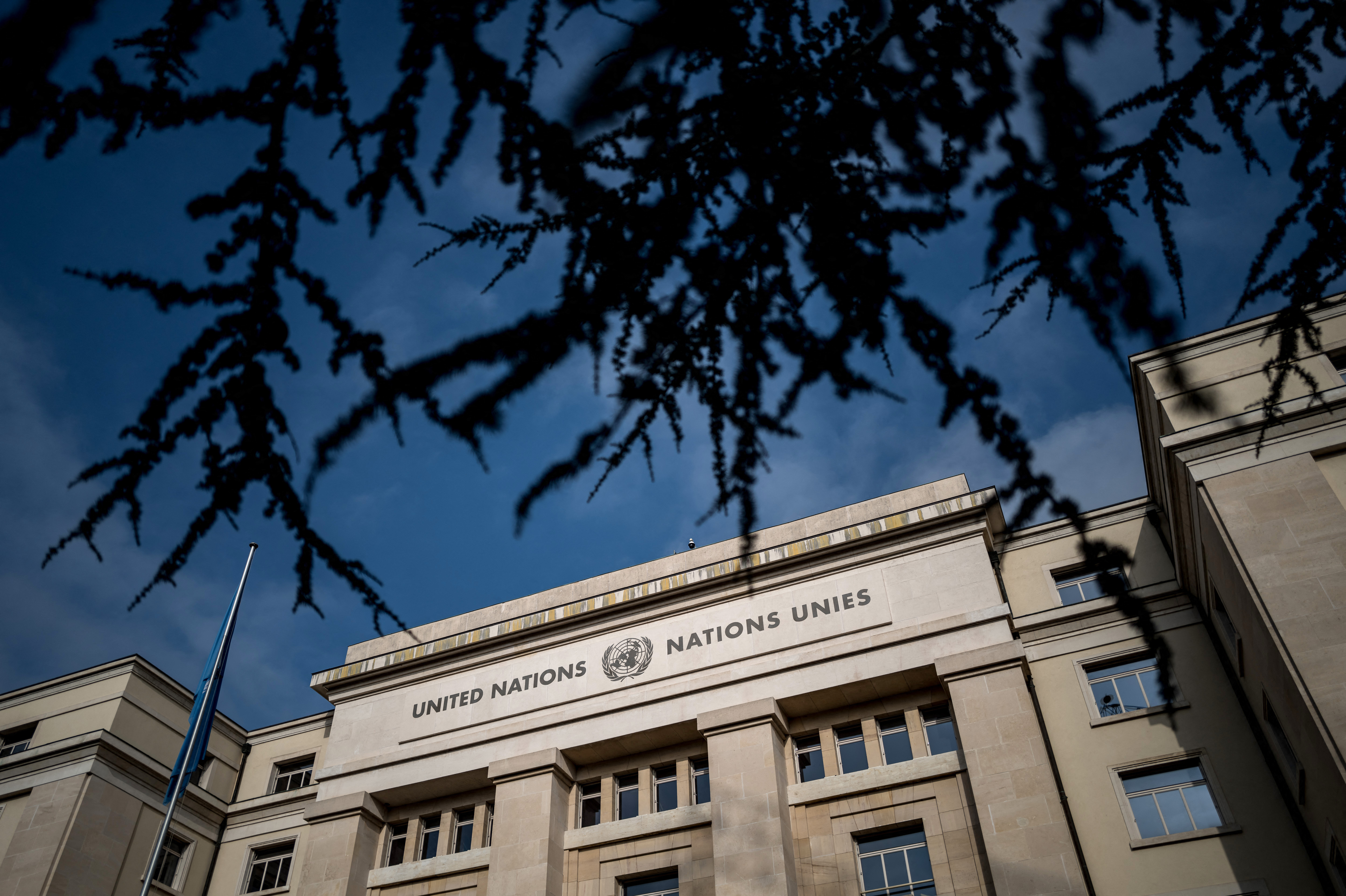
More
Swiss budget cuts increase pressure on International Geneva
Officials at the Centres for Disease Control and Prevention – a founding member of a global initiative to stop measles and rubella – and the Department of Health and Human Services didn’t respond to emailed inquiries about whether funding would resume.
While its primary focus is measles and rubella, the global lab network also provides critical pandemic preparedness capabilities, helping detect SARS-CoV-2, respiratory syncytial virus, rotavirus, dengue and rarer infections such as bird flu, Mpox, yellow fever, Ebola and Lassa fever, according to Harris.
Outbreak ‘eyes’
“The reason we know about rare threats – Mpox, Ebola – when they emerge is because ‘Gremlin’ operates year-round, processing fever and rash samples every day” to determine their causes, said Pennsylvania State University’s Ferrari, whose research has helped the WHO estimate global measles cases and mortality. “That is what gives us ‘eyes.’”
+WHO boss launches defence against United States tirade
Beyond laboratory surveillance, the US also funds WHO’s measles control and elimination efforts, contributing an additional $5 million annually to support specialists in Geneva, regional offices and affected countries.
These teams detect and respond to outbreaks, organise preventive campaigns and coordinate regional measles and rubella elimination strategies.
“Without this support the global programme on measles and rubella elimination is seriously compromised and will result in increased cases and deaths of measles around the world,” Harris said.
Brain swelling
Measles is one of the world’s most contagious viruses, infecting the respiratory tract before spreading throughout the body. It causes fever and a rash and, in severe cases, can lead to complications such as deafness, blindness, pneumonia and encephalitis – swelling of the brain that can be fatal.
It can also weaken the immune system for years by attacking B cells, which are crucial for remembering past infections and helping the body fight off diseases.
+ New US ambassador to the UN vows to implement Trump’s agenda
Globally, measles deaths dropped sharply from 2000 to 2021 due to vaccination campaigns and rapid outbreak responses. However, progress has stalled in recent years as declining immunisation rates and pandemic-related disruptions fuel a resurgence. Since 2020, global measles cases have surged more than threefold, while rubella infections have more than doubled.
Less than three-quarters of children worldwide have received the recommended second dose of the measles-mumps-rubella vaccine, WHO warned in November. An immunisation rate of about 95% is needed to prevent community transmission of measles, which can linger in the air for up to 2 hours after an infected person breathes, coughs or sneezes.
Texas outbreak
Texas has launched a vaccination drive to curb its worst measles outbreak in 30 years. However, most recent cases are concentrated in Gaines County, where the outbreak originated within the local Mennonite community, a religious group that seeks vaccine exemptions for schools. Nearly 18% of children in the county were unvaccinated for the 2023-2024 school year, up from about 7% a decade ago.
Nine cases have also been reported in neighbouring Lea County, New Mexico.
“In the US, we’re facing more resistance to vaccination than I can ever remember,” said Walter Orenstein, a former assistant surgeon general who led the US Immunisation Program from 1988 to 2004 after helping to eradicate smallpox in India.
Elimination threat
The US eliminated measles 25 years ago after multiple dramatic resurgences spurred sustained efforts to protect vulnerable children through immunisation. Still, the virus continues to ignite outbreaks when infected travellers – both American and international – introduce it into communities with low immunity.
“Our goal should be to prevent importations,” said Orenstein. “One way to achieve that is by supporting other countries in conducting surveillance, identifying measles and rubella outbreaks and taking action to contain them – thereby reducing the risk of exportations to the US.”
However, past success in reducing cases means many parents no longer recognise measles as a serious threat, he said.
“In a sense, vaccines are victims of their own success,” Orenstein said. “Prevention is a much harder sell than treatment. With treatment, you know what you’re getting. But when a prevention programme is working so well that you never see these diseases, you don’t always see the benefits. That’s why investment is needed not just in vaccines, but also in implementation science – how do we enhance uptake?”
–With assistance from Gerry Smith.
©2025 Bloomberg L.P.

In compliance with the JTI standards
More: SWI swissinfo.ch certified by the Journalism Trust Initiative
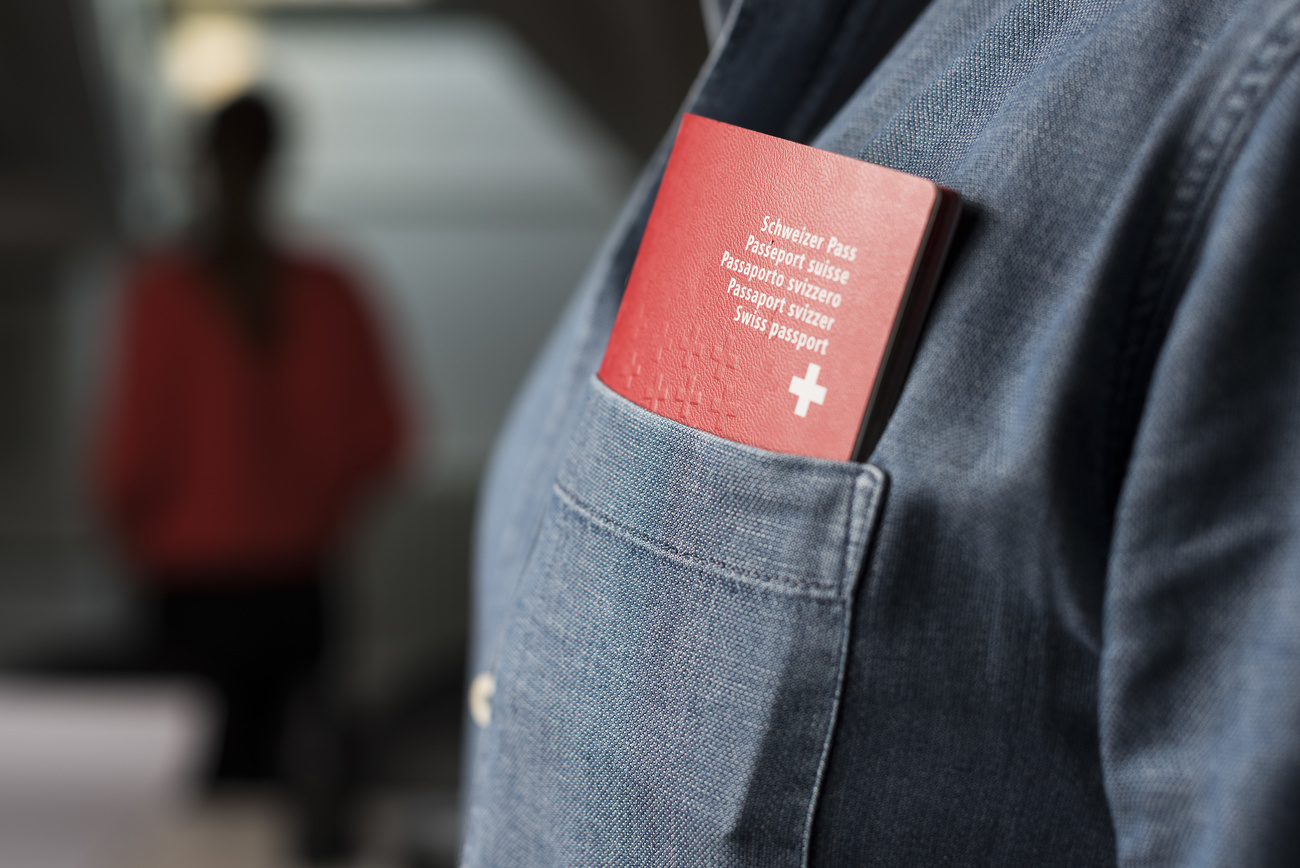

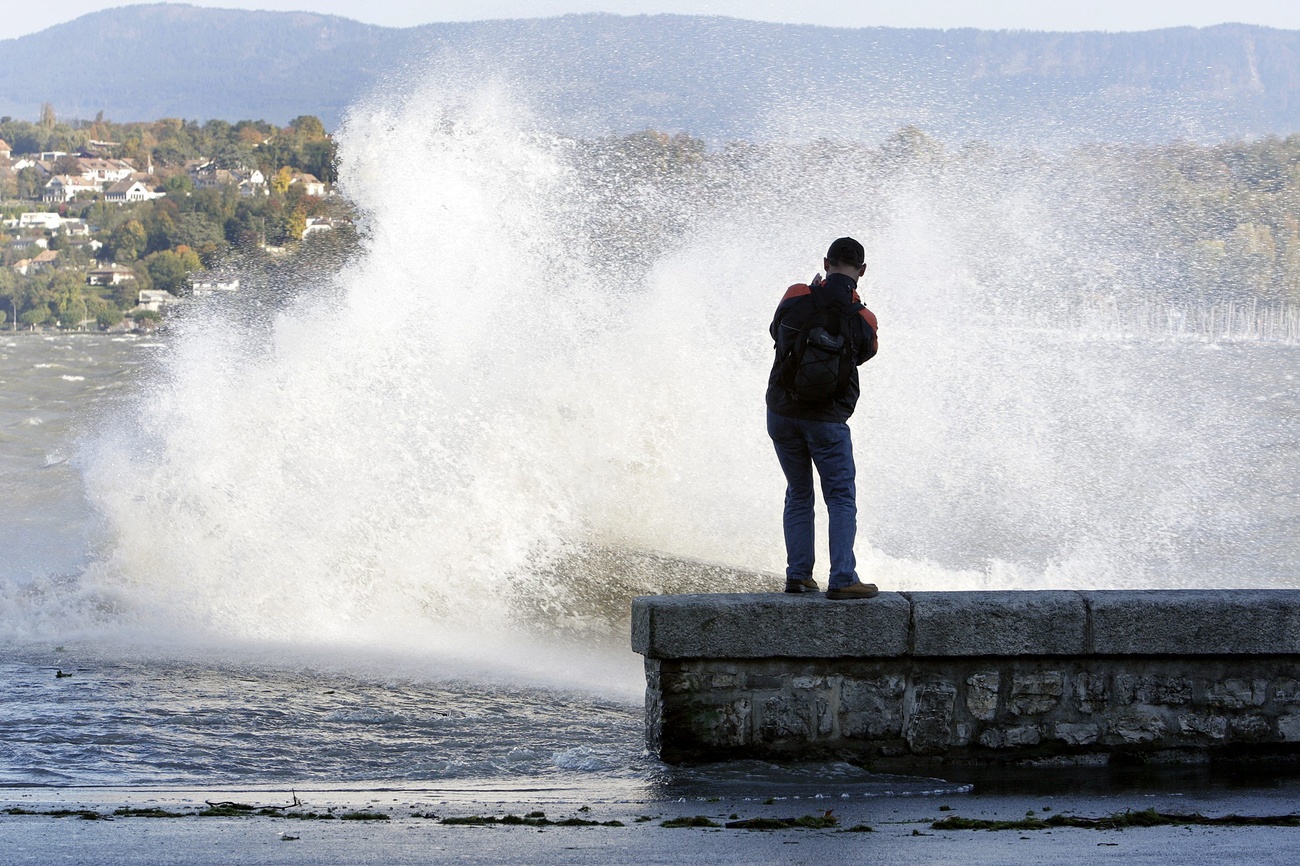

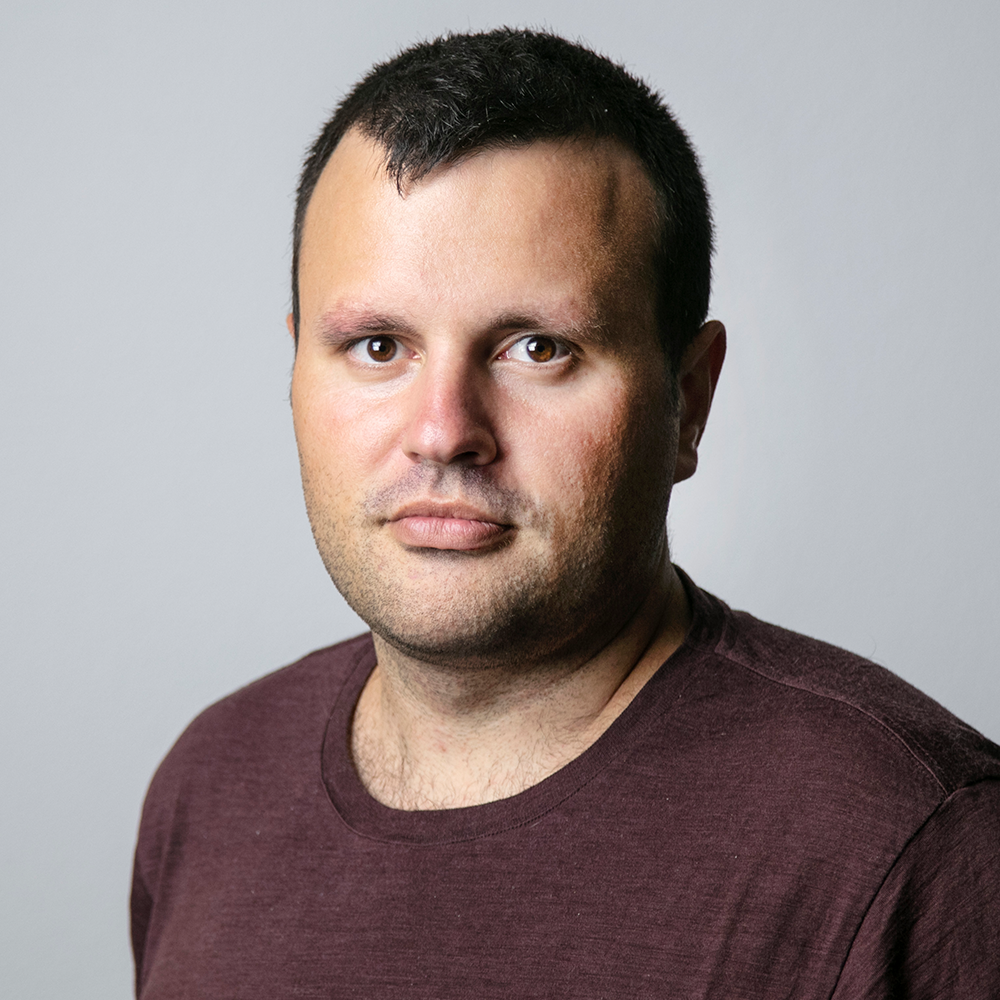











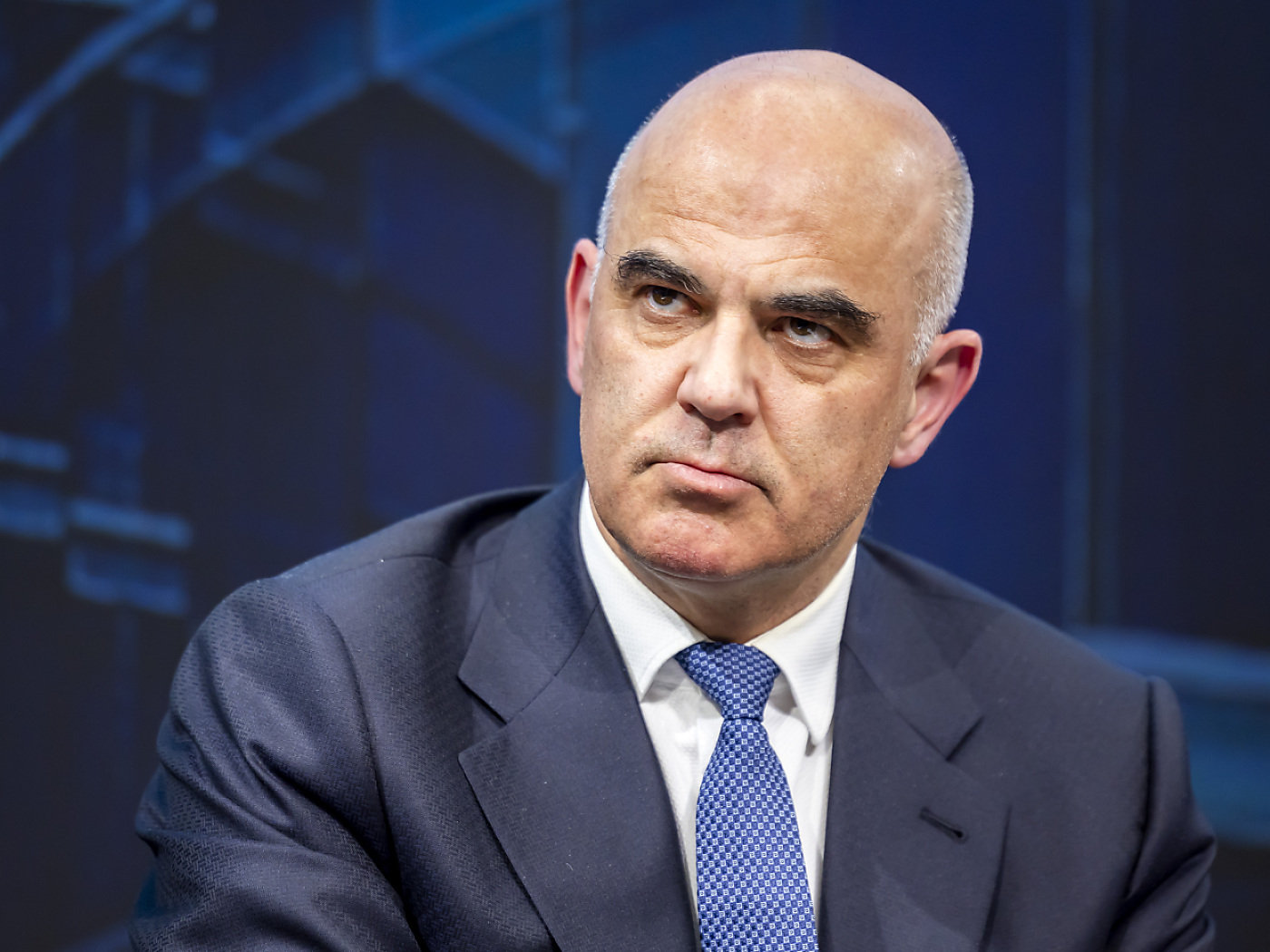
You can find an overview of ongoing debates with our journalists here . Please join us!
If you want to start a conversation about a topic raised in this article or want to report factual errors, email us at english@swissinfo.ch.